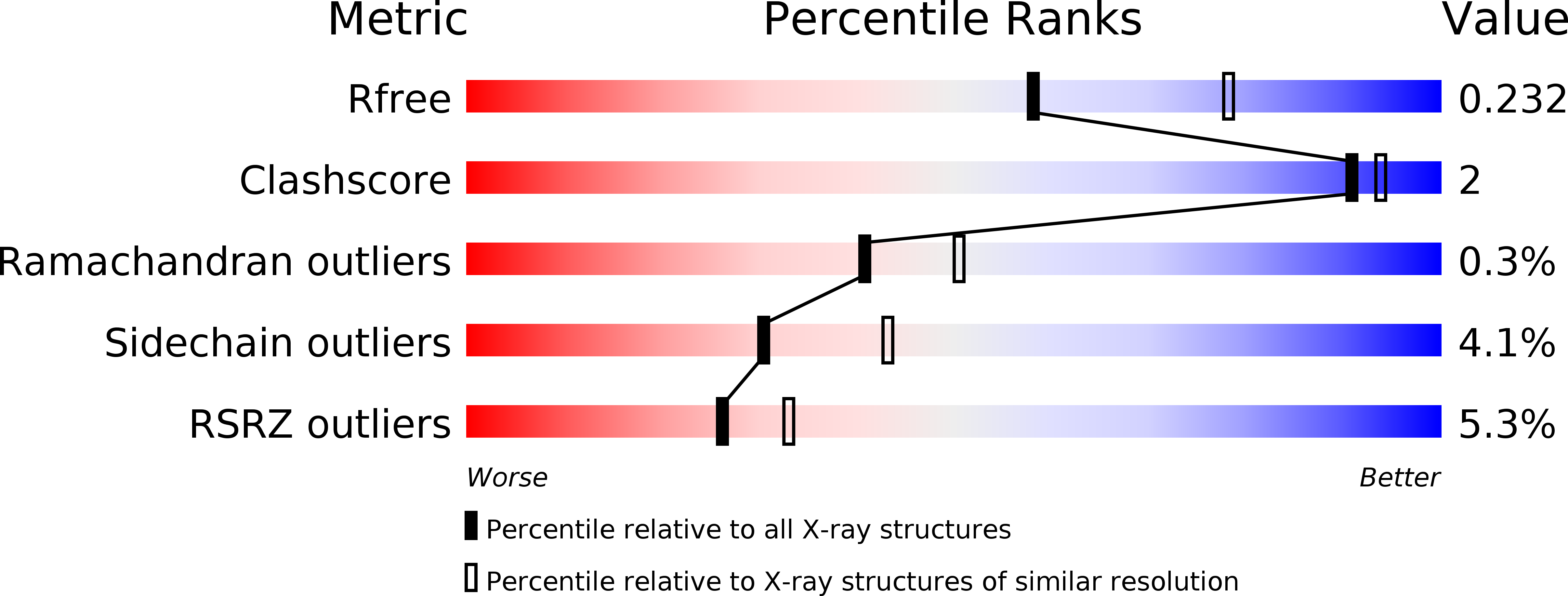
Deposition Date
2015-07-31
Release Date
2016-03-23
Last Version Date
2024-01-10
Entry Detail
PDB ID:
5CZ4
Keywords:
Title:
Yeast 20S proteasome at 2.3 A resolution
Biological Source:
Source Organism:
synthetic construct (Taxon ID: 32630)
Saccharomyces cerevisiae (strain ATCC 204508 / S288c) (Taxon ID: 559292)
Saccharomyces cerevisiae (strain ATCC 204508 / S288c) (Taxon ID: 559292)
Method Details:
Experimental Method:
Resolution:
2.30 Å
R-Value Free:
0.22
R-Value Work:
0.21
R-Value Observed:
0.21
Space Group:
P 1 21 1


